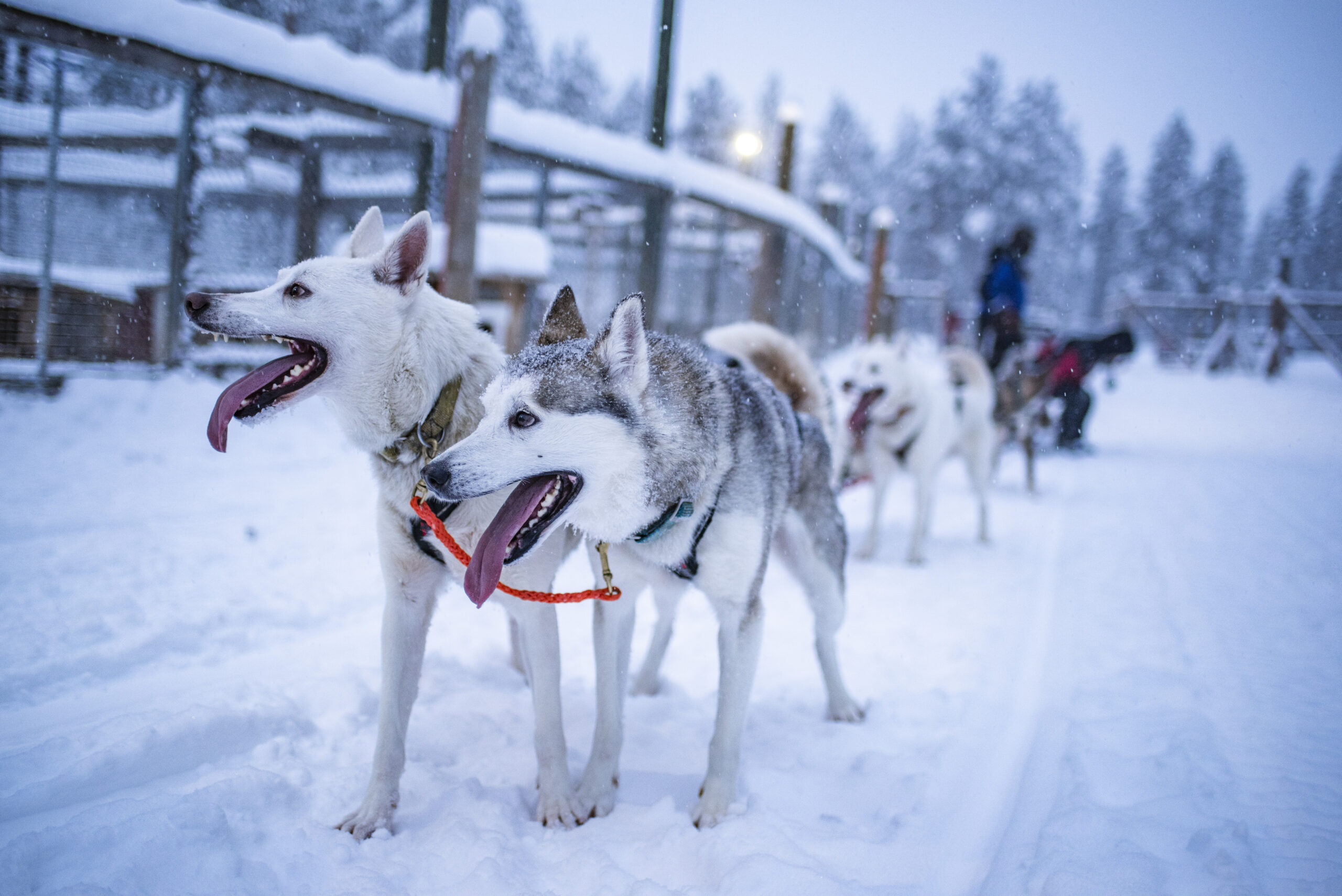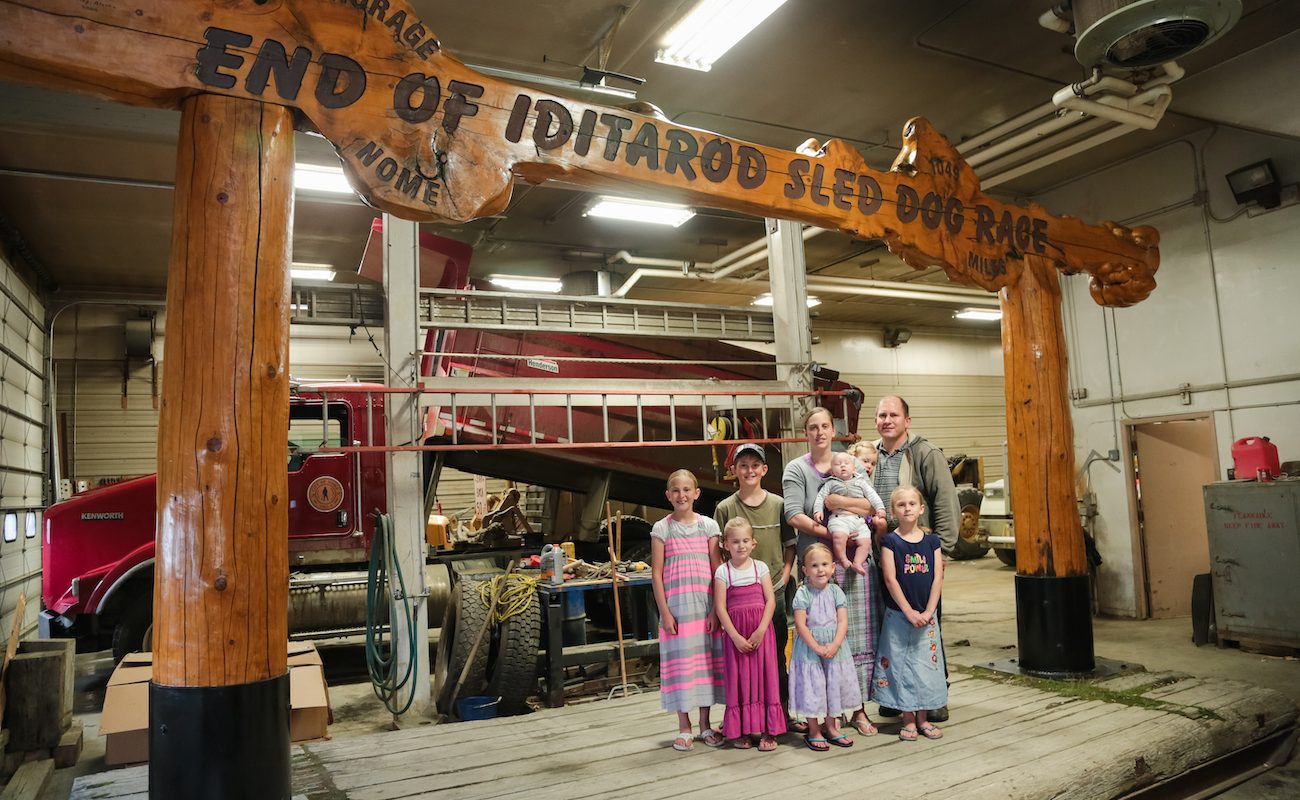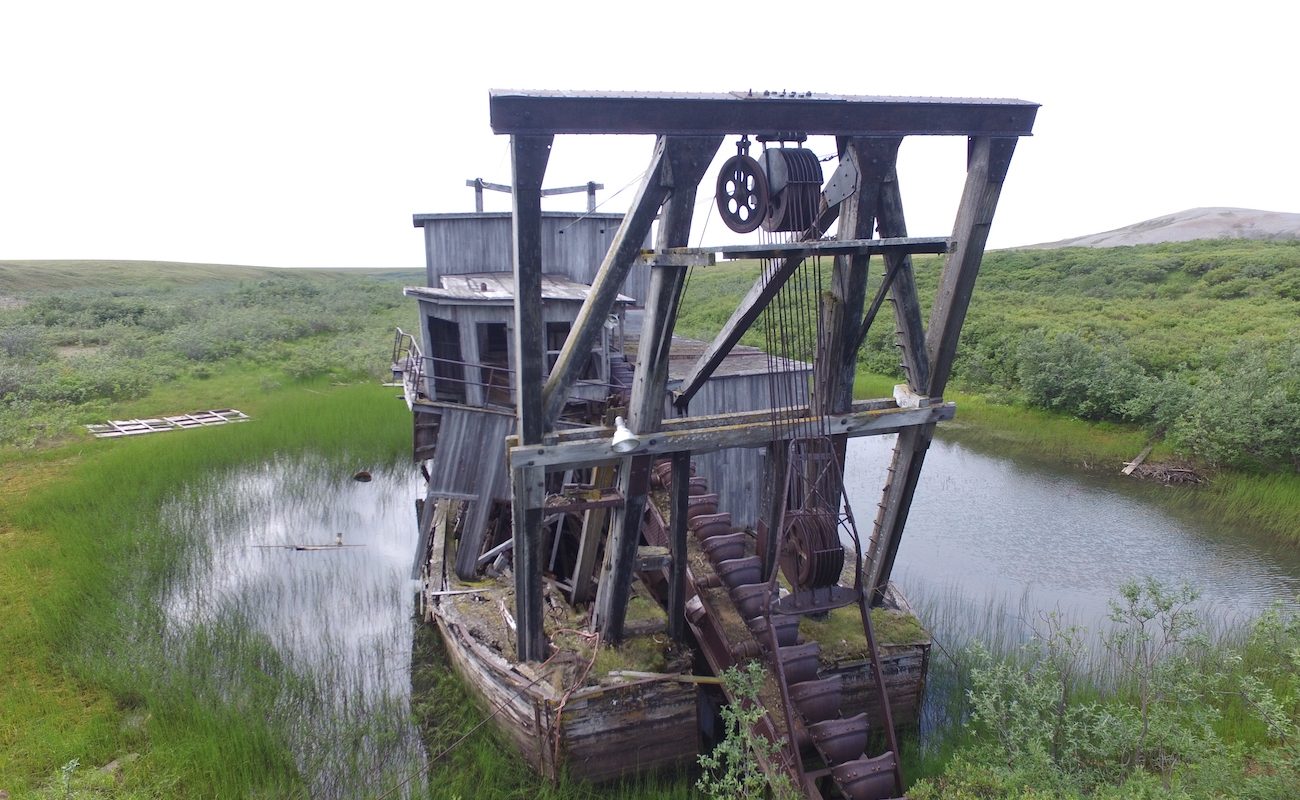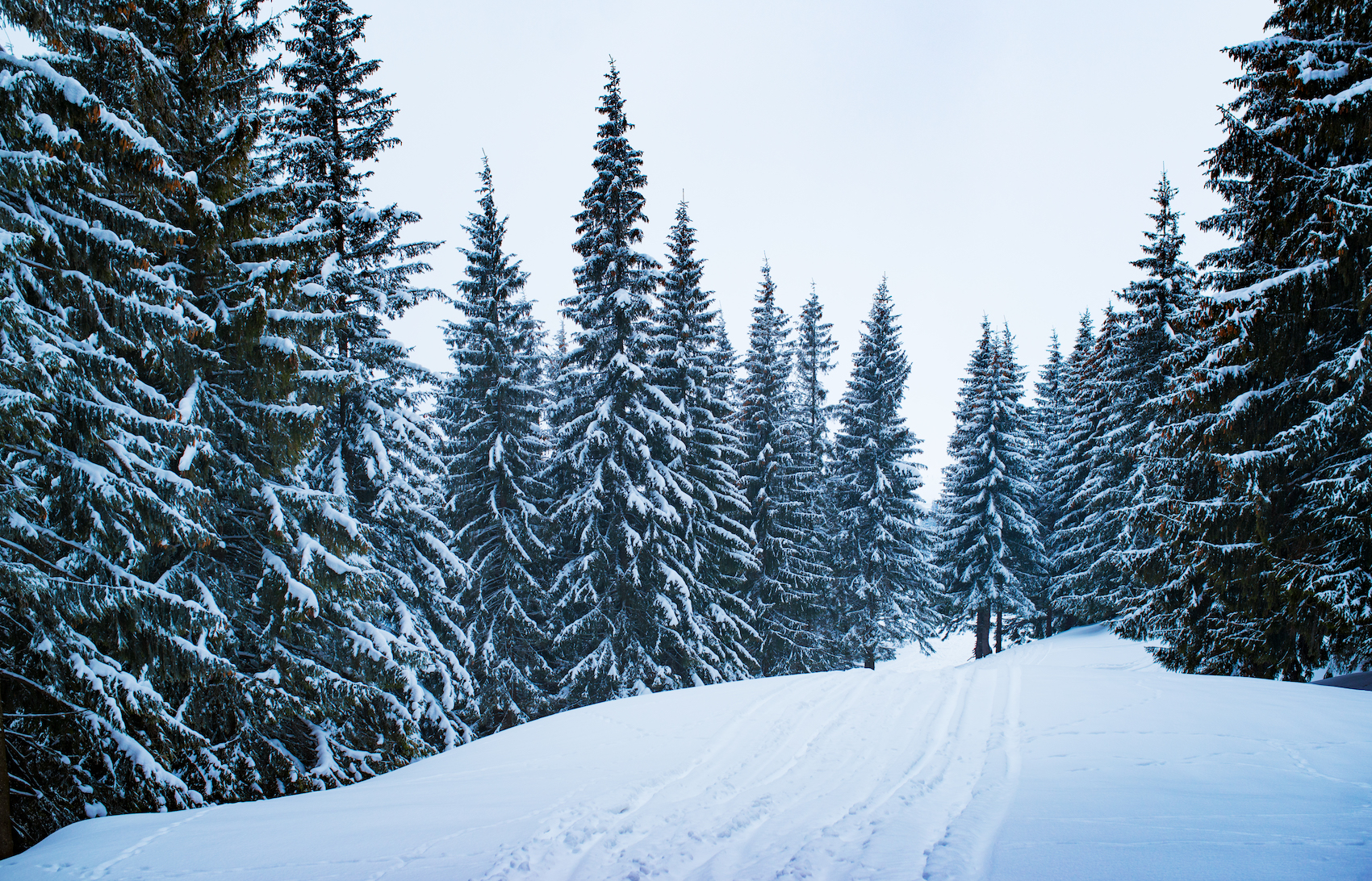In the last two editions of the Dog Journal I have covered various aspects of the race and trail: The start in Anchorage, some experiences running the trail on snowmobiles (or snowmachines, as we call them in Alaska), and now we will cover the final leg of the racefrom the last checkpoint in Safety, to the famous burled arch finish line in downtown Nome. It typically takes mushers eight to twelve days to reach Nome after the starting line in downtown Anchorage.
In 2016 our family took a trip to Nome, which I have written about in my book, No Place Like Nome. Located on the west coast of Alaska, and in the middle of nowhere, with no outside road access, Nome is a very historical and interesting place to visit. It was started (like many other Alaskan towns) due to a gold rush in 1898. Prospectors found gold on the beaches, sparking a stampede of people to the area. It literally became a town of 10,000 people almost overnight, and continues there to this day, although the latest census numbers put Nome at only 3,699 people. Steam ships supplied the town, but they could only access Nome a few months out of the year. The Iditarod trail originally served as a land route to bring supplies to Nome (and other towns along the route), and gold back to Seward. It was first mapped and marked out in 1908 by the Alaska Road Commission, and originally called the “Seward to Nome Trail.”
The Iditarod trail gained national attention in 1925 with the diphtheria outbreak in Nome. Mushers, working in relay teams, brought the life saving serum into Nome, and as a result, many lives were saved. Often this serum run is mistakenly given as the reason for the Iditarod dog sled race, but it is only a small part of the whole reason for the race. The race was started to keep the sport of mushing alive, and to honor the trail’s service to the interior of Alaska in more ways than just the diptheria outbreak run.
Regardless, if the race was started to keep the memory of the serum run alive, or not, the fact remains the trail ends in Nome. The finish line, which is moved to downtown Nome for the race, is called the Burled Arch, due to the fact it is made from a log with two burls in it. Early mushers complained that the finish line was anti-climatic, with two paper plates that said “The End.” Iditarod finisher Red Olson was so disappointed by the finish line when he crossed it in 1974, that he built an arch from a burled tree and donated it. This donated finish line went on to become famous, but in 1999 it literally fell apart from decades of use and deterioration. The sign was then rebuilt from a new burled tree, and was put in service for the 2000 Iditarod.








